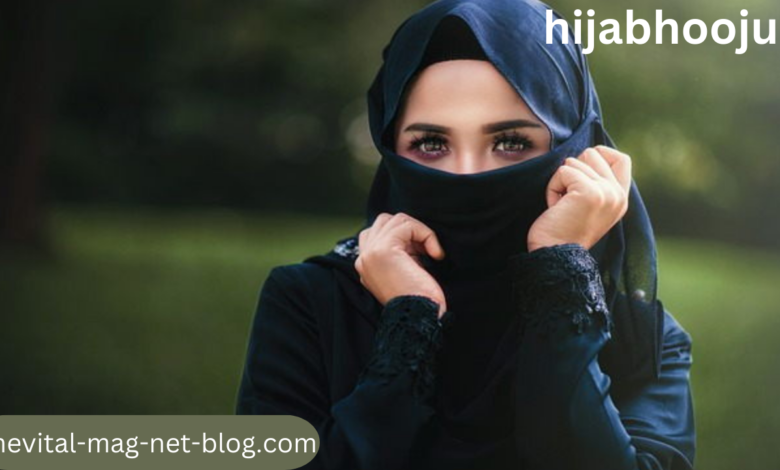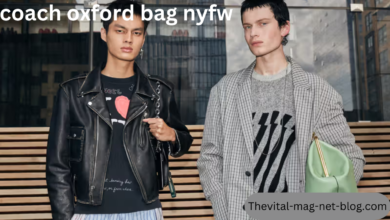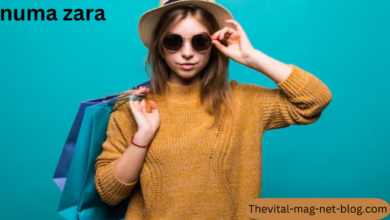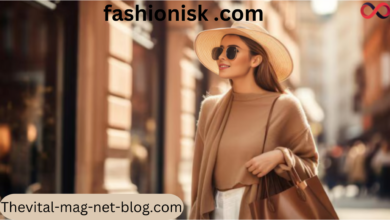Understanding Hijabhoojup: Exploring the Cultural Significance, Evolution, and Modern Influence

The term “Hijabhoojup” has recently gained attention across various cultural and social media platforms. While many might be unfamiliar with the term initially, it carries a complex and multifaceted meaning, particularly in the context of the modern-day practices of wearing the hijab and its intersection with fashion, identity, and technology. This article seeks to explore what “Hijabhoojup” represents, how it has evolved, and its cultural significance in both traditional and contemporary settings.
What is Hijabhoojup? Unveiling the Term
At first glance, the word “Hijabhoojup” might appear to be a blend of two elements: “Hijab” and “hoojup.” While the first term, “Hijab,” is widely understood as a religious and cultural garment worn by Muslim women to cover their hair and body in a modest manner, “hoojup” remains relatively less known. “Hoojup” could be a modern-day slang or a playful adaptation of words that indicate a particular style or way of wearing the hijab. It could also symbolize the fusion of hijab-wearing practices with contemporary trends in fashion, lifestyle, or even digital spaces like social media.
The term “Hijabhoojup” might represent the evolution of hijab-wearing, particularly the innovative ways young Muslim women incorporate this traditional garment into their modern lives. Whether it involves experimenting with new fabrics, colors, styles, or simply adopting creative ways to style the hijab, “Hijabhoojup” appears to signify the blending of modest fashion with contemporary aesthetics.
The Hijab: A Symbol of Modesty and Faith
To understand the modern interpretation of “Hijabhoojup,” it’s important to begin with the concept of the hijab itself. The hijab has deep cultural, religious, and spiritual significance. For many Muslim women, wearing the hijab is an expression of their faith and commitment to modesty. It is a symbol of their desire to live according to the teachings of Islam, which instruct women to dress modestly and cover their hair as a means of maintaining dignity and protecting their privacy.
The hijab is also a powerful statement of identity. For Muslim women, it represents both personal and collective empowerment. While it serves as a symbol of faith, it also empowers women to stand out from societal pressures and expectations, making a choice based on their beliefs rather than adhering to fleeting beauty standards or trends. This deep-rooted significance elevates the act of wearing the hijab to something much more than just a fashion choice—it is a spiritual practice that extends beyond appearance.
Hijabhoojup: Merging Tradition with Modern Trends
In recent years, a noticeable shift has occurred in the way the hijab is worn and perceived, particularly by young Muslim women. “Hijabhoojup” likely reflects this shift—a movement that merges traditional modesty with modern fashion trends. This fusion is empowering women to break free from the conventional and add their own creative flare to their hijab styles.
Through social media platforms such as Instagram, TikTok, and YouTube, young women worldwide are showcasing new and inventive ways to wear the hijab. They are mixing the garment with contemporary fashion choices such as streetwear, high-end fashion, and even athleisure. Hijabhoojup, in this context, can be seen as a response to mainstream fashion that celebrates modesty without compromising on style.
The concept of “Hijabhoojup” could involve experimenting with various fabric textures, prints, and draping techniques. It could mean pairing a hijab with edgy, modern outfits like oversized jackets, sneakers, or tailored suits, creating a unique and stylish fusion of modesty and contemporary fashion. Moreover, there is an increase in the use of digital tools and apps that allow users to try out different hijab styles and receive tips from influencers, helping to refine and personalize their look.
The Role of Social Media in Shaping Hijabhoojup
Social media has played a pivotal role in the popularization of the hijab in fashion circles. Platforms like Instagram have witnessed a boom in influencers and content creators who showcase innovative and stylish ways to wear the hijab, often under the hashtag #modestfashion. These influencers, who proudly identify as hijabis, are shaping the global conversation around what modest fashion looks like in the 21st century.
In particular, “Hijabhoojup” represents a hybrid style—one that stands at the intersection of modesty and fashion-forwardness. These influencers are embracing the idea that modesty does not need to be at odds with contemporary aesthetics. Through various tutorials and styling videos, they demonstrate how the hijab can be adapted to suit different occasions, from casual to formal wear, while maintaining its religious and cultural values.
The visibility of diverse hijab styles on social media has not only brought attention to modest fashion but has also encouraged greater acceptance and appreciation for it worldwide. It is no longer considered a restricted or niche category in the fashion industry, but rather an influential and evolving space where modesty and modernity coexist.
Hijabhoojup: Empowerment Through Expression
The emergence of “Hijabhoojup” also coincides with the growing wave of empowerment among Muslim women worldwide. For many women, the hijab represents more than just a piece of clothing; it is a statement of personal freedom and a symbol of autonomy over their bodies. The fashion choices women make regarding their hijab are deeply tied to their sense of self and their desires to express their individuality, creativity, and personal style.
“Hijabhoojup” encapsulates this feeling of empowerment. It allows women to take an active role in reshaping perceptions of the hijab and, by extension, their own identities. The choice to wear the hijab in a contemporary, fashionable way challenges outdated stereotypes about Muslim women and their relationship with fashion. It also allows Muslim women to become trendsetters in their own right, proving that modest fashion can be bold, stylish, and versatile.
The Future of Hijabhoojup and Modest Fashion
As the world continues to evolve, so too does the concept of modest fashion. “Hijabhoojup” is part of a larger movement that seeks to normalize the idea that fashion can be modest and stylish at the same time. With the increasing representation of Muslim women in the global fashion scene, we can expect to see even more innovations in how the hijab is styled and incorporated into everyday wear.
Fashion designers are already recognizing the demand for modest clothing and accessories that cater to the needs of Muslim women. Brands are producing modern, stylish, and functional pieces that combine modesty with fashion-forward elements. In the future, we may see an even greater variety of designs that make it easier for women to incorporate the hijab into their daily wardrobes without compromising on style or comfort.
Moreover, the increasing popularity of “Hijabhoojup” on digital platforms suggests that the fusion of modesty with modern trends will continue to thrive, bringing more opportunities for young Muslim women to engage with fashion in meaningful ways.
Conclusion: Celebrating Identity and Style
In conclusion, “Hijabhoojup” is more than just a term—it embodies a cultural shift in how the hijab is perceived, worn, and styled in modern society. It reflects the creativity, empowerment, and individuality of Muslim women who are reclaiming their fashion choices and making them their own. Whether through social media or everyday interactions, these women are redefining what it means to wear a hijab in the 21st century.
By merging tradition with modern trends, “Hijabhoojup” challenges stereotypes and provides a space for Muslim women to express themselves freely and confidently. As this movement continues to grow, we can only imagine the future possibilities for hijab fashion, where modesty and contemporary style coexist in exciting new ways.



